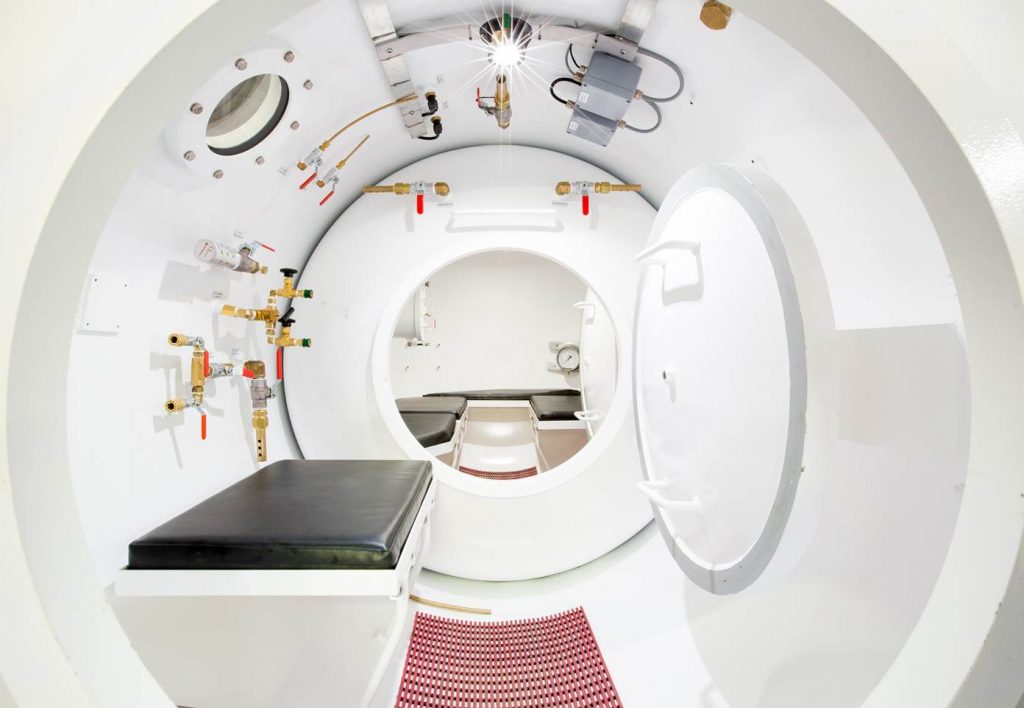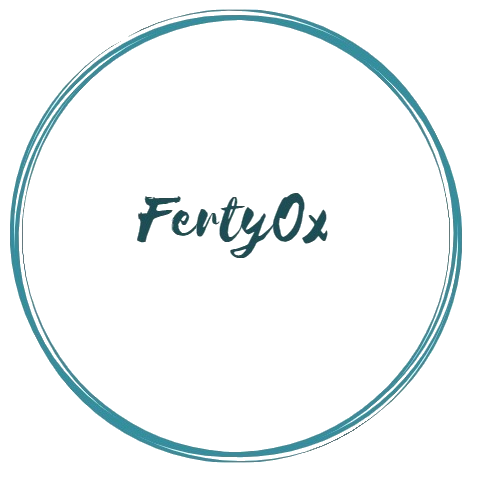Hyperbaric Oxygen in “poor ovarian responders”
IMPACT OF HYPERBARIC OXYGEN IN POOR OVARIAN RESPONDERS ON ASSISTED REPRODUCTION TECHNOLOGY TREATMENT
Assisted reproductive techniques (ART); poor responder; ovarian reserve; Hyperbaric oxygen , Predictive factors; Implantation, Miscarriage; Multiple Pregnancy; Pregnancy

Main Investigator data
| Name and surname | Raimundo, José Miguel |
| Filiation | [Consultant Obstetrics, Gynecology and Reproductive Medicine] |
| geral@miguelraimundo.pt | |
| Phone number | [00351 917365234] |
Abstract
Background:
Hyperbaric oxygen (HBO) therapy is a treatment in which the patient is exposed to very high arterial and tissue oxygen pressure, during multiple sessions. It has been used as primary or adjunctive therapy for a variety of medical disorders. There are few studies focused on the effects of HBO treatment as an adjuvant for poor ovarian responders on assisted reproduction technology treatment.
Aim:
To evaluate the efficacy of hyperbaric oxygen therapy in the treatment of poor ovarian responders on assisted reproduction technology treatment.
Design:
Prospective cohort study. We propose the inclusion of 40 poor ovarian responder women on assisted fertilization program. The patients will be prospectively randomized into two groups based on the ovarian stimulation regimen used.
We will analyze the stimulation outcome, the number of retrieved oocytes, cleaving embryos, and pregnancy and implantation rates as well.
Settings and Patients
Group A (study group) (n=20) will be submitted to hyperbaric oxygen therapy for the first 7 days of stimulation with recombinant follicle stimulating hormone (rFSH) in a gonadotropin-releasing hormone antagonist protocol, and group B (control group) (n=20) will receive only a daily injection of rFSH in a gonadotropin-releasing hormone antagonist protocol.
Introduction
The ovarian stimulation is a pre-requisite procedure in assisted fertilization technologies. The recruitment of a sufficient number of growing follicles following ovarian stimulation increases the oocyte yield and subsequently the success rate after in vitro fertilization (IVF) treatment.
However, some women exhibit a scarce ovarian response following controlled ovarian stimulation, and this phenomenon is mainly observed in the so-called “poor responder” patients.
Poor ovarian response (POR) to gonadotropins affects ~9%–24% of IVF patients, and many other causes could be involved, such as woman’s age, endometriosis, genetic disorders, ovarian surgery, or even iatrogenic factors.
The poor responder patients were established and published the so-called “Bologna Criteria”, which include: 1) advanced women’s age (>40 years) or any other risk factor for POR; 2) recovering a few number of oocytes (<3 oocytes) following previous ovarian stimulation; and 3) abnormal ovarian reserve test (antral follicle count 5–7 or anti-Mullerian hormone 0.5–1.1 ng/mL).
However, it has been established that the presence of two of these criteria after maximal stimulation are sufficient to define a patient as poor responder.
Study Design
Single center cohort prospective study developed at Department of Reproductive Medicine in Centro de Medicina Subaquática e Hiperbárica – Marinha Portuguesa and CEMEARE – Centro Médico de Assistência à Reprodução.
Hypothesis:
We hypothesize that part of the reduced oocyte recruitment and reduced pregnancy rates with IVF may be due to impaired follicular angiogenesis and oxygenation and these could be reversed by HBO during follicular stimulation for IVF.
Population:
A total of 40 poor responder on assisted fertilization program.
Inclusion criteria: poor ovarian responders
“Bologna Criteria”:
1) advanced women’s age (>40 years) or any other risk factor for POR;
2) recovering a few numbers of oocytes (3 oocytes) following previous ovarian stimulation;
3) abnormal ovarian reserve test (antral follicle counts 5–7 or anti-Mullerian hormone 0.5–1.1 ng/mL).
A poor responder is defined by the presence of two of these criteria.
Exclusion criteria:
rFSH – recombinant follicle stimulating hormone
- Prior hypersensitivity to recombinant FSH preparations or one of their excipients
- High levels of FSH indicating primary gonadal failure
- Uncontrolled thyroid or adrenal dysfunction
- Sex hormone dependent tumors of the reproductive tract and accessory organs
- An organic intracranial lesion such as a pituitary tumor
- Abnormal uterine bleeding of undetermined origin (see Selection of Patients)
- Ovarian cyst or enlargement of undetermined origin (see Selection of Patients)
- Pregnancy
Hyperbaric oxygen
- Fever
- Epilepsy
- Pleural diseases: History of pneumothorax, post-pleurodesis status, thoracotomy or chest trauma with subsequent significant restriction of pleural mobility
- Lung diseases: Bullous emphysema
- Uncontrolled claustrophobia
- Drugs: bleomycin; cisplatin, doxorubicin and disulfiram
- Uncontrolled heart disease
A.Study groups
Group A (study group) (n=20) will be submitted to HBO therapy for the first 5 days of stimulation with recombinant follicle stimulating hormone (rFSH) in a gonadotropin-releasing hormone antagonist protocol
Group B (control group) (n=20) will receive only a daily injection of rFSH in a gonadotropin-releasing hormone antagonist protocol.
rFSH with 300 UI /Day, Day 3 until trigger (either recombinant hCG 250 μg equivalent to 6,500 IU, or GnRHa triptorelin 0.2–0.4 mg) will be administered as soon as two follicles reached a size of ≥17 mm.
HBO consists of the administration of an inspired fraction of oxygen close to 1 (pure or 100% oxygen) in an environment with a pressure higher (usually 2 to 3 times) than atmospheric pressure at sea level. This increase in pressure will result in a very significant increase in blood pressure and tissue oxygen (close to 2000 mmHg and 400 mmHg respectively), which will underlie most of the physiological and therapeutic effects of oxygen in a hyperbaric environment.
Ethical Considerations
Oral and written informed consent will be requested from all patients who agree to participate in the study. The study will be submitted for appreciation by the hospital’s Ethics Committee and the investigation will be done in accordance with the Declaration of Helsinki. All collected data are subject to confidentiality and patients’ anonymity will be guaranteed in the analysis and publication of data.
References
1. Fauser BCJM, Van Heusden AM. Manipulation of human ovarian function: Physiological concepts and clinical consequences. Endocr Rev. 1997;18(1):71–106.
2. Fasouliotis SJ, Simon A, Laufer N. Evaluation and treatment of low responders in assisted reproductive technology: A challenge to meet. J Assist Reprod Genet. 2000;17(7):357–73.
3. Ferraretti AP, La Marca A, Fauser BCJM, Tarlatzis B, Nargund G, Gianaroli L. ESHRE consensus on the definition of ’poor response to ovarian stimulation for in vitro fertilization: The Bologna criteria. Hum Reprod. 2011;26(7):1616–24.
4. Selman H, Rinaldi L. Effectiveness of corifollitropin alfa used for ovarian stimulation of poor responder patients. Int J Womens Health. 2016;8:609–15.
5. Van Voorhis BJ, Greensmith JE, Dokras A, Sparks AET, Simmons ST, Syrop CH. Hyperbaric oxygen and ovarian follicular stimulation for in vitro fertilization: A pilot study. Fertil Steril. 2005;83(1):226–8.
6. Gallardo Pineda JF, López Ortiz CGS, De Siu Moguel GJ, Castro Lopez CRE, Alcocer HM, Velasco ST. Improvement in serum anti-Müllerian hormone levels in infertile patients after hyperbaric oxygen (Preliminary results). J Bras Reprod Assist. 2015;19(2):87–90.
